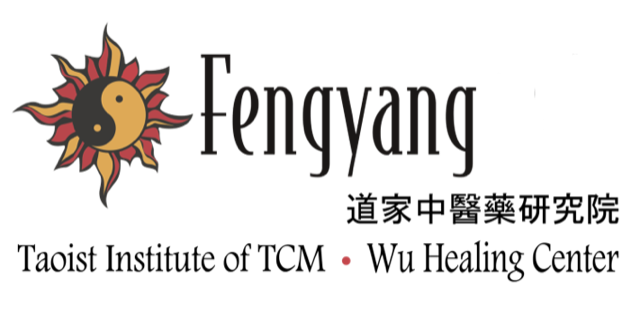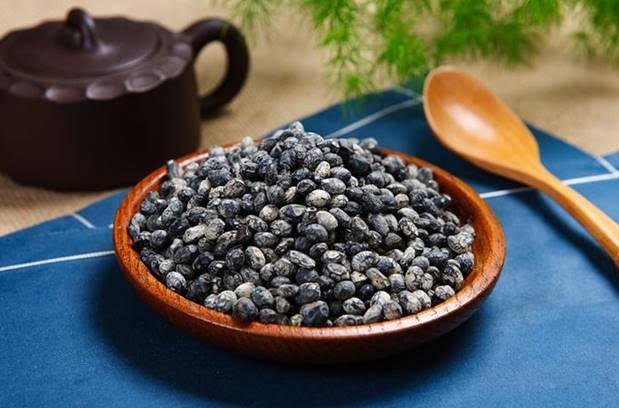Learn About Chinese Herbs -Dou Chi (Semen Sojae Preparatum) -
Dou Chi (Semen Sojae Preparatum)
This product is commonly used in traditional Chinese medicine. "Famous Doctors" is listed as a medium grade product.
Source: For the legume soybean Glycine max (L) Merr. A processed product made by fermentation after boiling the juice of Qingwen detoxification soup.
Processing: Take 7.5 kilograms of the above medicinal materials and crush them, add an appropriate amount of water and cook for about 1.5 hours. Filter out the juice into the tank. Add water to the residue and boil for 2.5 hours, cook until the juice is about 150~200 jin before and after, take it out, press the juice, and remove the residue. Combine the before and after medicinal juices, heat and boil in the pot, take 100 pounds of clean black beans and cook in the pot. Take out when the black beans swell to 6~7 and the juice is basically exhausted. Then use 5 pounds of minced Artemisia annua, a layer of black beans, a layer of Artemisia, spread evenly, stack, and dry until fermented until the skin of black beans has a layer of white mold. Artemisia annua is removed as a finished product.
Main component: enzymes.
Pharmacological effects: (1) sweating, but the strength is very weak, usually must be added to other spicy antidotes; (2) strengthen the stomach, aid digestion.
Taste: spicy, lukewarm.
Attribution: into the lungs and stomach meridians.
Function: solve the table, sweat, remove troubles.
Main Uses: Cold, fever, headache, no sweat, upset chest tightness.
Clinical Application:
(1) It is used to treat mild colds, fever without sweat, and feelings of fullness stomach. Used with Cong Bai (such as in Cong Chi Tang formula); the treatment of yin deficiency and cold is also very suitable, as the herb take it with mild sweating without hurting yin (jin liquid), can be matched with Sheng Di, Yu Zhu, etc.
(2) It is used for the treatment of fatigue and insomnia after fever (that is, due to factors such as fever and metabolic changes after illness, the nervous system is stimulated, resulting in upset mood and inability to sleep). Used with Zhi Zi, the square is like gardenia soup, this side uses both Dou Chi to release external stagnation, and uses Zhi Zi to clear the inner heat, all have a anxiety-relieving effect.
(3) Treatment of hematuria. Adding Dou Chi to the corresponding medication can help stop hemorrhagic urine. With this product 1~1.5 Liang with Lu Lu Tong 1 Liang, Di Gu Pi 5 Qian, decoction, the effect is better.(“Liang” and “Qian” are ancient Chinese weight measurements)
Precautions for use: Light tempeh has the effect of milking, and breastfeeding women should not use it.
Dosage: 6~12g.
Prescription example: Zhi Chi Tang (from the book "Typhoid Fever"): Zhi Zi 9g, Dou Chi 9g, water decoction.
Annotations: Dou Chi is also known as "Dan Dou Chi" (to distinguish it from edible salted Xian Dou Chi). Dan Dou Chi according to ancient documents, among them, the medicinal herbs used at the time are only mulberry leaves. At present, the production methods are different from place to place. This article introduces the traditional production methods of Beijing and Tianjin.
Case study: severe headache
Patient: female, age 35
Date of first appointment: March 16th, 2007
Chief complaints: headache for 2 days. The patient was exposed to wind on her way home. She had severe headache one hour after arriving home. The headache came and went for 2 days.
TCM diagnosis: pulse floating, tongue light pink, coating thin and yellow.
TCM syndrome differentiation: Yang Ming headache
TCM prescription: Qing Zhen Tang (He Ye 30g, Cang Zhu 20g, Sheng Ma 10g)
Patient feedback: headache was gone after one dose. Follow-up on Nov. 1st, 2013: There has no relapse.
Disclaimer: All above articles are for reference only. If patients are interested, please consult a professional practitioner Traditional Chinese Medicine for a consultation.


